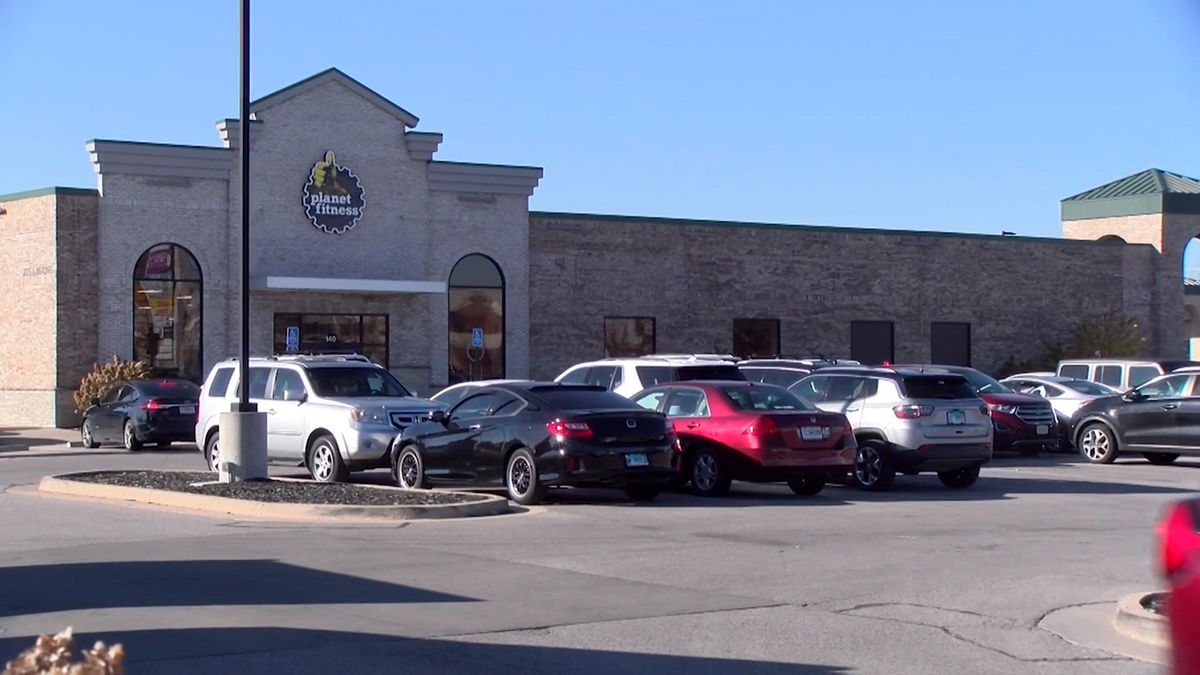Travel
Here’s What Happens When You Flush the Toilet on an Airplane
:max_bytes(150000):strip_icc()/TAL-airplane-toilet-PLANEFLUSH1024-f8b31ee9881443f39f6c375e17417117.jpg)
If you’re reading this, you’ve probably been on your fair share of flights. And while you may understand the science behind how planes fly, there’s still something magical about the idea of soaring through the air at over 400 miles an hour. One more thing that seems to work like magic? Airplane toilets.
Sure, it’s not the most glamorous part of air travel, but it is without question one of the most important components of a pleasant flight. But how do airplane toilets work as we zoom through the air? According to Duke Armitage, airline pilot and founder of Aviamonde, it’s actually pretty simple.
“A vacuum mechanism sucks the waste and blue cleaning fluid into a waste holding tank through a series of pipes. A ‘honey truck’ collects and disposes of waste after the aircraft lands,” he says. That’s it — no water is used (as that would add too much weight to a plane), just air and good old-fashioned engineering.
FlightRadar24 notes that the vacuum is also pretty handy as it minimizes odors as the waste is trapped in the hold. And yes, airplane toilets do have a distinctive flush noise, which FlightRadar24 says is caused by the vacuum and the high-speed turbine that is built in to minimize any solids to ensure the pipes don’t get clogged.
And if you’ve ever wondered if you’ll get sucked into the toilet when you press flush, you’re not alone, but it’s totally safe, so there’s nothing to worry about.
“There isn’t any danger of flushing the toilet while a passenger is sitting on it because it is tested that way,” Daniel Bubb, an aviation historian and associate professor in residence at the University of Nevada, Las Vegas Honors College, stated. “There is a myth that claims sitting on the toilet can be dangerous, but there is no truth to that.”
In fact, as Armitage noted, “The worst scenario in most cases is the toilet becoming clogged or defective, which could cause an inconvenience.” Additionally, he points out that although there have been incidents involving lavatory leakage, it’s rare for the waste system to cause any issues.
Speaking of clogs: Don’t try to flush anything that shouldn’t be put down a normal toilet drain.
“It’s only a tiny pipe, and people put things like nappies down – I’ve seen cutlery go down, and soft drink cans – they’re fascinated to see whether it will go down or not,” Nigel Jones, an aircraft engineering expert from Kingston University in London, who also worked as an engineer for British Airways, shared with CNN. “It can take days to rectify because there’s an awful lot of pipework, and it has to be broken down to find the blockages. If they have one or two blocked toilets, the aircraft is grounded because you have to have a certain number of toilets.”
And don’t worry if you’re on the ground: Contrary to Internet theories, airplanes do not purposefully eject waste when they’re flying. That said, there is something called “blue ice,” which happens when onboard sewage tanks leak with the blue cleaning fluid and collect as ice on the exterior of the plane. On very rare occasions, that ice will break off and fall to the ground, but again, it’s exceedingly rare.









